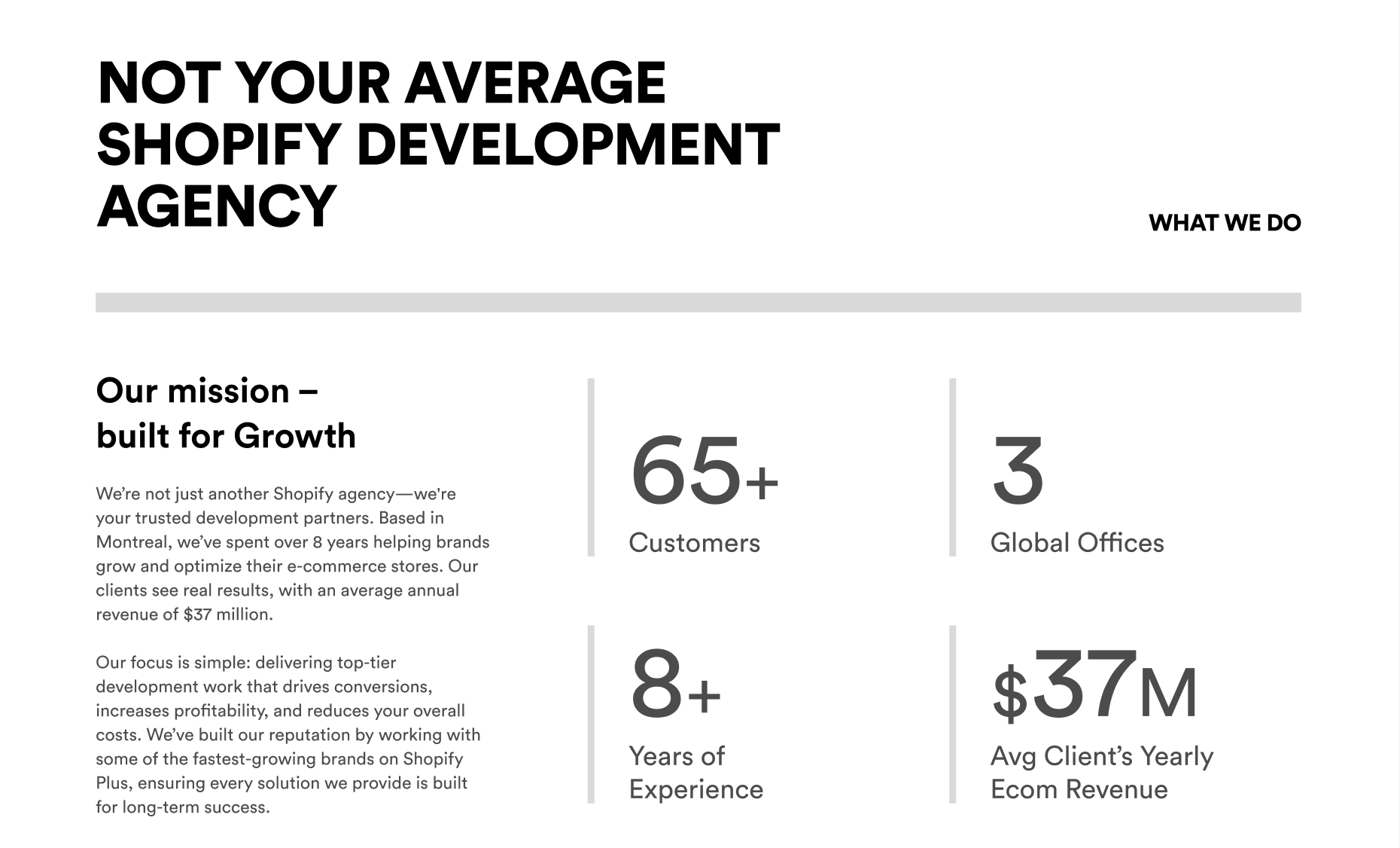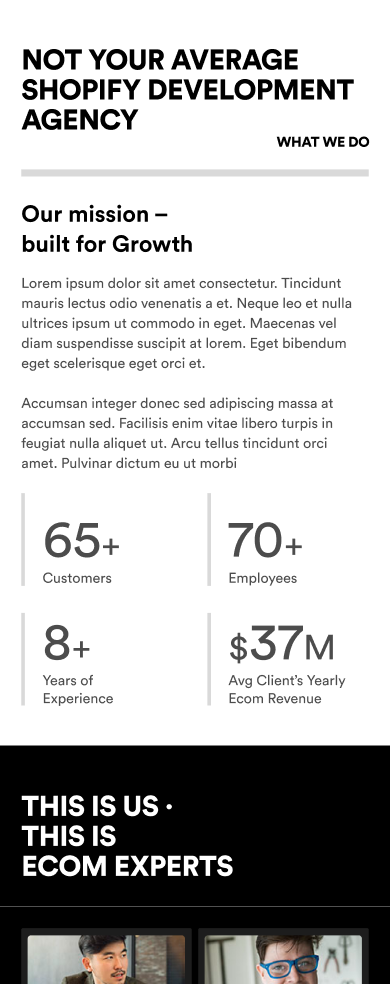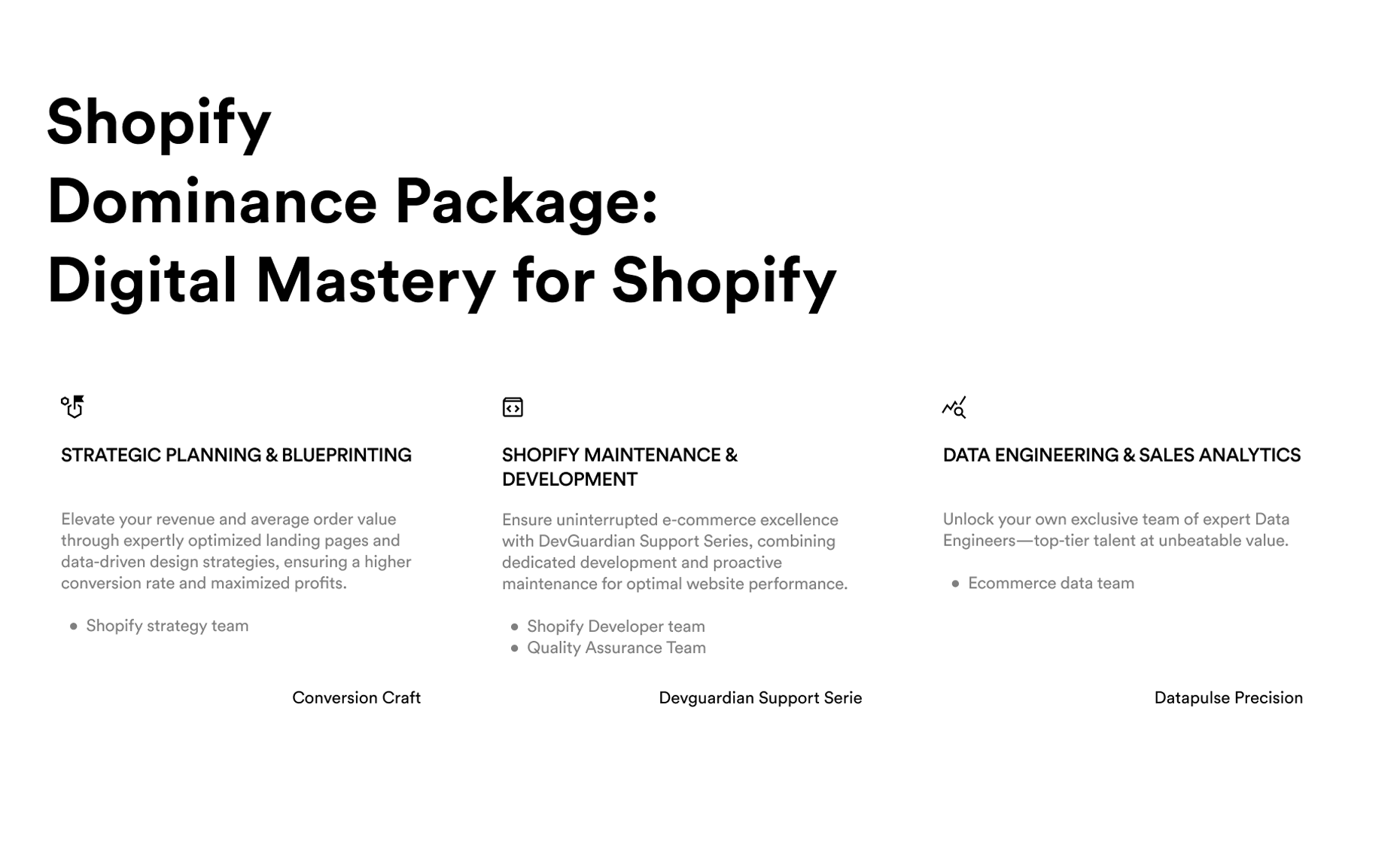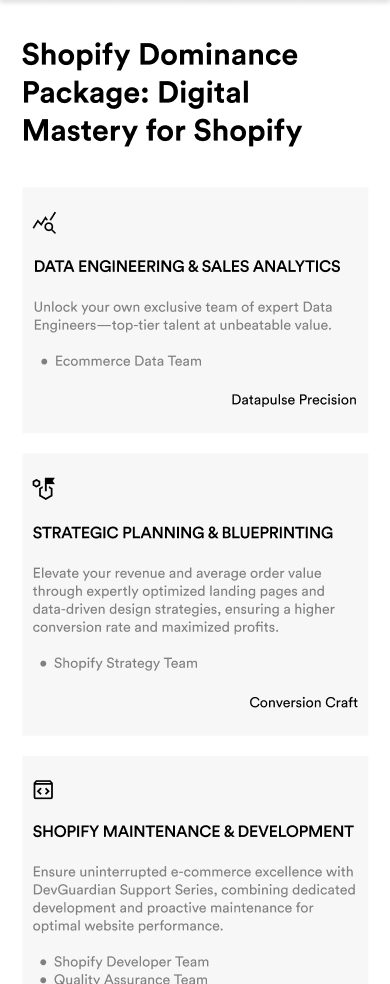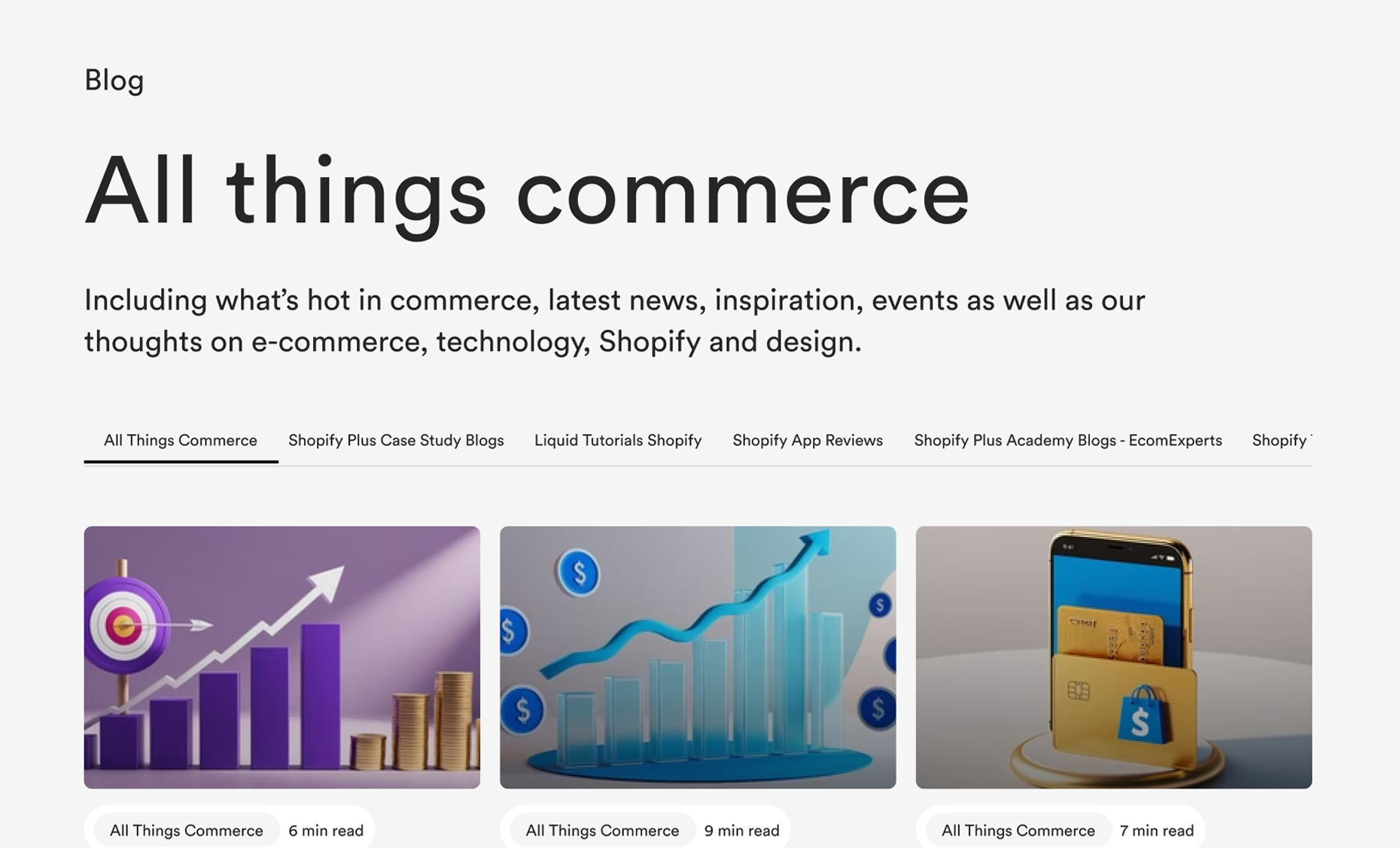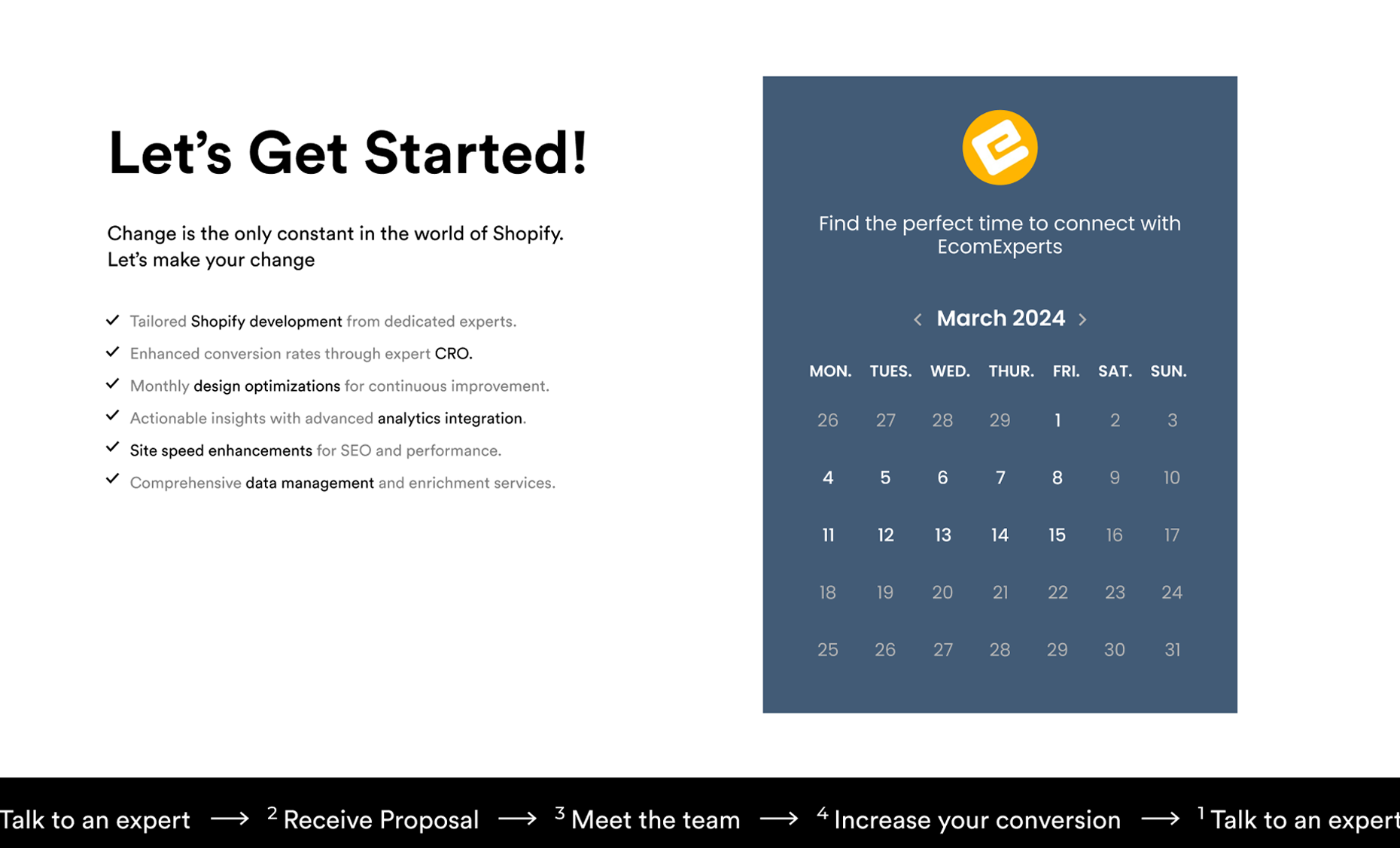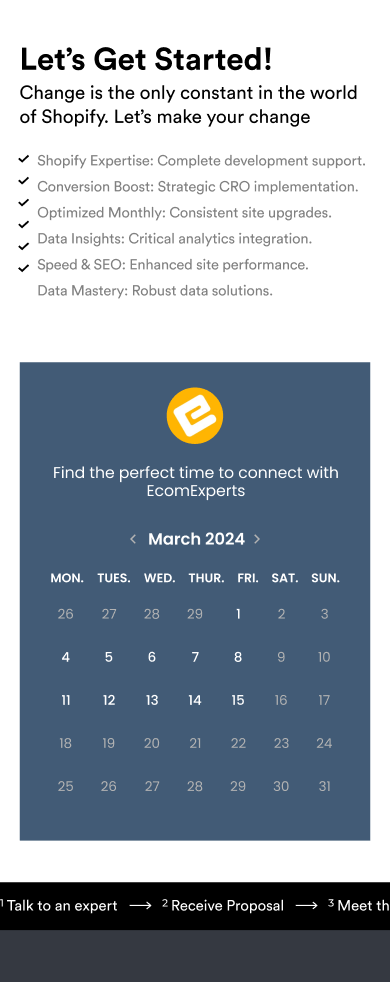Web conversion rate is one of the most important metrics in e-commerce. In essence, this rate represents the percentage of visitors who take a desired action. Globally, this rate sits at 2.86%. By comparing their own conversion rate with the market average, online retailers can gain a clearer picture of how well they're performing and where they're falling short in their strategy.
But to truly pinpoint the areas of improvement, a good marketer will always break down the general average ecommerce conversion rate by more specific factors. These include industry, product type, traffic sources, visitor type & devices, among others. For example, a retailer whose website is located in the US and sells fashion clothing would compare his or her conversion rate with the average for those verticals. And by going in more depth and comparing conversion rates for tablet and mobile, that retailer will be able to optimize user experiences accordingly in order to drive more sales.
In this article, we'll share some of the latest figures that put the global average ecommerce conversion rate in a much wider context.
In e-commerce, one of the key metrics that evaluates website efficiency is conversion rate. Essentially, this is the percentage of visitors turned customers, or less often - leads.
For an e-commerce store, this would be the number of page visits divided by the number of sales. For instance, a webshop, where of 200 visitors, 2 have purchased a product, will have a 1% conversion rate.

Naturally, e-commerce businesses put continual effort into optimizing their conversion rate.
Marketing managers, campaign executives, UX teams; they all aim to either maximize traffic or increase engagement in order to boost it.
In turn, they pull new visitors in, and more people end up taking action. That's what conversion is all about.
It gives online retailers an idea of how much traffic they need to send to their site in order to generate the desired revenue.
What's the Norm?
E-commerce teams inevitably wonder what the average conversion rate in their industry is. But before breaking down the most recent stats per industry, one needs to take several factors into consideration.
These 5 questions have an impact on conversion rate at any given time:
- What service or product is being offered?
- What industry is the retailer in?
- Where are the visitors coming from?
- When & where is the conversion happening
- What device is visitor browsing on?
Obviously, shopping for socks and shopping for cars will make a major difference in what constitutes an acceptable conversion rate.
Still, in mid-2018, the general conversion rate for e-commerce websites across the US sat at 2.63%. (1)
The numbers are slightly higher when looking at the global market, with figures estimating an average rate of 2.86%. (2)
This means that 2.86% of global website visitors actually end up buying the product before leaving the website.
And which countries are the biggest e-commerce markets? Here's a table showing the top 10 countries by their online expenditure in 2018.
|
No |
Country |
Ecommerce Spend Per Capita (US Dollars) |
Average Salary (US Dollars) |
% of Salary Spent Online |
|
1 |
China |
$1,855.00 |
$9,593.25 |
19.34% |
|
2 |
Mexico |
$819.00 |
$4,730.58 |
17.31% |
|
3 |
Indonesia |
$220.00 |
$1,738.22 |
12.66% |
|
4 |
UK |
$4,021.00 |
$36,106.28 |
11.14% |
|
5 |
India |
$205.00 |
$1,928.94 |
10.63% |
|
6 |
Russia |
$760.00 |
$7,205.33 |
10.55% |
|
7 |
United States |
$3,428.00 |
$44,952.00 |
7.63% |
|
8 |
South Korea |
$2,591.00 |
$37,225.03 |
6.96% |
|
9 |
France |
$1,946.00 |
$41,464.72 |
4.69% |
|
10 |
Canada |
$1,746.00 |
$39,565.04 |
4.41% |
(Source)
From a purely monetary standpoint, Britons are the biggest online spenders. But when we throw in the average salary per capita in the equation, Chinese become the biggest web consumers, with nearly 20% of their income being spent online.
From this table, one can easily see that the target market of an e-commerce business has a major impact on its conversion rate. Let's take Italy, for example. A recent case study studied the Italian e-commerce market and found it has an average conversion rate of only 1.6%.
This is in large part due to the fact Italian online retailers fail to cater to their target audience with desired product and great user experience. (3)
3 Years in Numbers: Average E-Commerce Conversion Rates in the US
The Ecommerce Quarterly report by Monetate has been in circulation since 2012 and has analyzed more than 1.6b shopping sessions last year to gain a clearer insight into the customer behavior and conversion rate optimization.
Their data enabled us to visualize how the average conversion rates changed throughout the years in the US.
Here is an overview of how the average conversion rate varied in the US from 2015 to 2018.

And how do these compare with UK and global average? Let's see how the average conversion rate varied for these markets since 2014:
(Source)
We can that conversion rates experience a significant spike in the final quarter of each year, commonly starting to soar as November kicks in and the holiday season approaches.
This is understandable given Thanksgiving through Cyber Monday is the time when online retailers offer heavy discounts in hopes of attracting more buyers.
Key Determinants
Retailers should not get demotivated if their conversion rate compares low to, say, the national average.
Instead, the marketer should look into the ins and outs of his or her business first. What industry does it belong to? What product(s) is it offering and at what price? What visitors is it attracting? Where are these visitors coming from?
It’s important to evaluate one's conversion rates in a specific context.
By narrowing down the specifics in this way, a marketer can more efficiently compare his or her conversion rates with akin competitors.
It's important to remember that the general average applies to all retailers. This means data came from both tech giants like Apple and a local home-based business selling coffee online.
A successful marketer will understand that benchmarking conversion rate entails much more than dividing the number of visitors with the number of customers.
Let's explore other variables that come in play.
Product Type
As mentioned already, the product or service a business is offering will have a direct impact on the conversion rate.
Chances are, an automotive website selling cars will be more than happy with a 2% conversion rate, even though that percentage falls below the standard threshold.
The type of product(s) a company is selling will inevitably result in a lower or higher conversion rate. Let's explore some product types that are propelling high and low conversion rates online.
In the UK, one of the biggest e-commerce markets, for example, median conversion rates for December 2018 show Food & Drink is leading the way when it comes to finalized sales, while Furniture has the lowest conversion rates of all product types. (4)
Here's a chart sorting other product types by their respective conversion rates:

As for the US market, the situation is rather contrasting.
A comprehensive study by MarketingSherpa drew a list of conversion rates sorted by product type. They looked at 2,885 companies selling products online and found electronics, business services and publishing & entertainment products sell best.
On the other hand, items such as toys and pet products ranked lower with industrial equipment having the lowest conversion rate - which is to be expected, given the limited clientele and higher product price.

We're only beginning to dive into many variables that shape a company's conversion rate. Let's have a look at some of the most lucrative industries when it comes to e-commerce retailers.
Traffic Sources & Visitor Type: What Drives the Sales?
Businesses seldom reveal their traffic sources, let alone conversion rates for the same.
Yet we do have some data available that helps us answer the question 'Where do e-commerce companies generate traffic?'
Again the results depend on product type. Facebook performs well for online retailers selling visual products, such as electronics, apparel or food & drink.
Speaking of social media, Facebook, Pinterest and Instagram are accountable for roughly 93% of all social network traffic. (5)
On the other hand, email works best for health & beauty products, for instance. (6)
We can see some of the most effective traffic channels per specific product type below:

As illustrated, referral channels and Email continue to be the most powerful traffic sources in 2018.
Referrals, in particular, play a major role in conversion as customers often visit a website convinced the listed products are worth their money.
As Florian Schulze from Compass says: ''If the traffic source is highly relevant, people often come with a strong purchase intent. This is why the average Referral Conversion Rate performs so well.''
Why is this data so important? It's simple. Online retailers can look at their own conversion rates by traffic acquisition sources and then focus on those channels that are performing best.
By optimizing those acquisition channels with the highest conversion rate, a business can ensure they're bringing more leads and customers in. For example, a marketer who knows Instagram is driving the most traffic to his business should work on pushing more content through the same platform.
Return Customers Spend Triple the Amount of One-Time Shoppers
Even though they account for only 15% of all shoppers, return customers bring in a third of profits to retailers. (6)
A good marketer will never underestimate the power of customer loyalty. Keeping shoppers coming back is therefore crucial and the best method in achieving this is customer engagement.
Product reviews, Q&As, user-generated content… these are all proven strategies in attracting return customers, which are far more likely to convert than first-time visitors.
The device on which both first-time visitors and repeat customers browse on plays a major role, too. The next section will explore this in more detail.
Screen Size Matters: Devices
An average American adult has 3 devices.(7)
He or she will also rarely use only one to make a purchase. Instead, mobile devices remain heavily used for research while tablet and desktop devices are preferred when it comes to buying.
In fact, mobile-driven purchases are half of that made on tablets and computers. Here's a full comparison:

A report by comScore has broken down the most important factors repelling mobile visitors from making a transaction.

So we can conclude that the device which a visitor is using can heavily influence that site's conversion rate.
Retailers need to identify what devices their visitors are using for research and what devices they're using for purchasing. In other words, they need to figure out what their shoppers use each device for before optimizing each user experience accordingly.
An example would be a business whose primary clientele are consumers aged 18-24. Such a retailer should concentrate on enhancing their mobile user experience, as 65% of that age group uses a smartphone to make a purchase. (8)
What Does The Future of E-Commerce Have In Store?
In 2018, e-commerce sales accounted for $2.8 trillion and are expected to reach $4.5 trillion by 2021.(9)
E-commerce already represents 10% of all retail sales in the US, and that number is expected to grow by 15% each year.
The key points to higher sales in 2019 and beyond will be:
- Personalizing the shopping experience
- Enabling multi-channel shopping
- Encouraging cryptocurrency payments
- Focusing on video content
- including same-day delivery
- Allowing in-app m-commerce
Changes are likely to happen in the world of B2B (business-to-business) retailing, too. This sector has been experiencing a significant growth due to the outflow of wholesalers and manufacturers to online platforms.
By 2020, B2B is expected to exceed the profits of B2C (business-to-customer) by double, pulling in revenues of $6.7 trillion. (10)
Finally, the main drivers of high e-commerce conversion rates by 2026 will be instant, on-demand access, fast turnaround and seamless user experience, propelled by millennials and Generation Z consumers. (11)
Breaking Down the Figures is Key to Making More Sales
Sifting through piles of online data can be daunting and tiring.
Numerous new studies on e-commerce conversion rates emerge by the day and marketers can easily get lost in this sea of information.
The fact is, website conversion rate can be an immensely powerful performance indicator for e-commerce businesses.
Yet to truly take advantage of this metric, marketers need to break down and compare the average ecommerce conversion rates with their own industry, product type, traffic source, visitor type, and device.
Subsequently, they can gain a clearer picture of what they're doing right and push those strategies to new heights. Equally, they can pinpoint their failures and work on improving them.
And by doing so, they can grow their traffic, engagement and ultimately - sales.
References:
https://www.invespcro.com/blog/the-average-website-conversion-rate-by-industry/
https://info.monetate.com/quarterly-report-2018-eq3.html
https://www.marketingsherpa.com/article/chart/overall-conversion-rates-ecommerce
https://www.comscore.com/Insights/Presentations-and-Whitepapers/2017/Mobiles-Hierarchy-of-Needs
https://www.cms-connected.com/News-Archive/July-2016/eCommerce-Trends-and-Statistics
https://www.smartinsights.com/ecommerce/ecommerce-analytics/ecommerce-conversion-rates/
https://www.websitebuilderexpert.com/blog/worlds-biggest-online-spenders/




